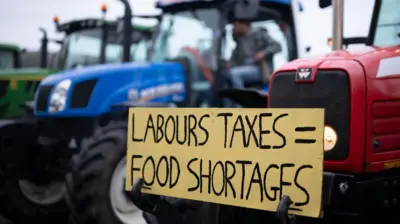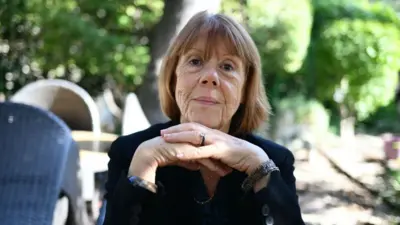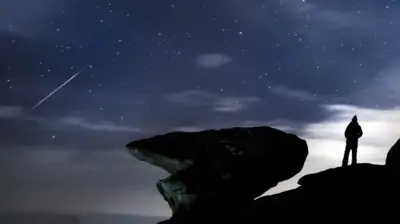We've updated our Privacy and Cookies Policy
We've made some important changes to our Privacy and Cookies Policy and we want you to know what this means for you and your data.
Larry Tesler: The Silicon Valley history man
- Author, Rory Cellan-Jones
- Role, Technology correspondent
Want to get a feel for the past, present and future of Silicon Valley?
Then arrange to meet Larry Tesler at Buck's in Woodside, and over a leisurely lunch, just listen as he takes you through a life that has given him a ringside seat at the growth of the world's most innovative and powerful technology centre. That's what I have just done, and it proved most rewarding.
Larry Tesler first came to this region in 1961 as a 16-year-old Stanford University freshman. He set up a software business in his early 20s, then worked at Xerox Parc, Apple and later Yahoo. He's now a consultant to Valley firms big and small, specialising in the way users experience technology products.
Buck's, in the small community of Woodside, which numbers 10 billionaires amongst its 5,000 residents, seemed an appropriate place to meet. A few miles from Palo Alto and the venture capital hotspot on Sand Hill Road, the restaurant has been the place that entrepreneurs come to pitch new ideas to potential investors over breakfast for 20 years.
The owner came and told us that at the table where we were lunching, Hotmail had been founded, and pointed to a back room where he said the idea for PayPal had been hatched.
For a couple of hours, I took Larry Tesler through his career, and got this softly-spoken, modest man to give me some insights into the companies and the people who have made this area such a powerhouse.
On Apple where he worked from 1980 to 1997, I asked him whether the business could continue to prosper after the death of Steve Jobs. He was confident that it could, with the ethos of the co-founder still so strong in the people he'd recruited to run the business.
We talked of Apple's culture of obsessive secrecy - so different to the rest of Silicon Valley which has thrived on openness. "It wasn't like that before Steve returned," he told me. "It was a company that leaked everywhere, especially from the top." Jobs, he told me, instituted a zero tolerance policy towards leakers, but had the charisma to get his staff to rally round his vision for the business.
On Yahoo, where he spent three years advising on user experience, he described how a lack of focus, with too many product lines all competing for a slice of the budget, made for a frustrating place to work.
On Amazon, his one spell out of Silicon Valley, he talked of an enjoyable period working with the very focussed Jeff Bezos - but feeling out of the loop up in Seattle, where you couldn't just bump into entrepreneurs and venture capitalists in the way you could back home.
And what we came back to was that Silicon Valley culture, built up over 50 years, with a virtuous circle where success bred success. "There's almost a rite of passage - after you've a made some money you don't just retire, you spend your time funding other companies. There's a very strong element of excitement, of being able to share what you've leaned with the next generation."
Even at a time of economic gloom, when many companies are drawing in their horns, this part of the world still seems to be booming.
"There's something about Silicon Valley that seems to be ignoring the slowdown," says Larry Tesler. "The times when the economy is slow is exactly the right time to invest if you have the money. If you think things are growing fast now, they're going to grow even faster when the economy recovers."
It seems that bright young entrepreneurs still get a hearing from the venture capitalists and angel investors over breakfast at Buck's, even if most of their ideas will come to nothing. It is that kind of optimism, coupled with a critical mass of people who've made it big but don't want to retire to the beach, which keeps Silicon Valley at the top as a cradle of innovation.
Top Stories
More to explore
Most read
Content is not available








